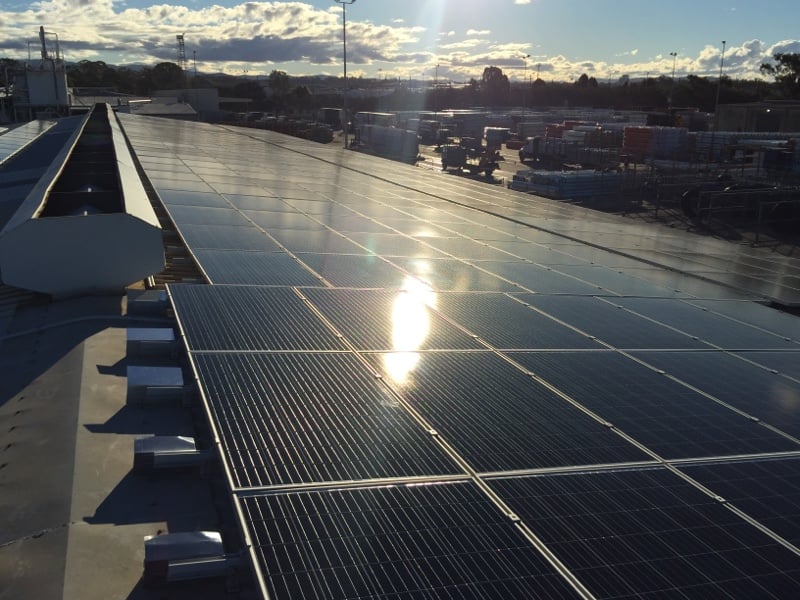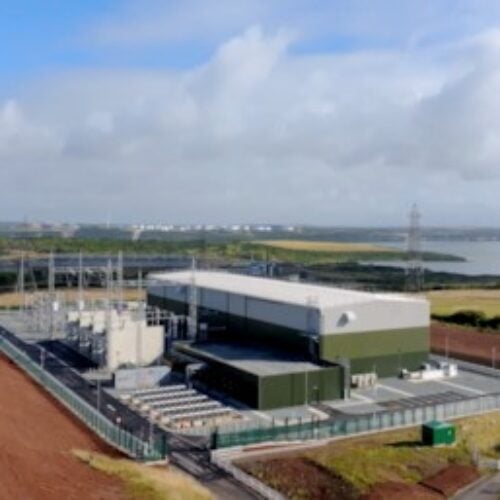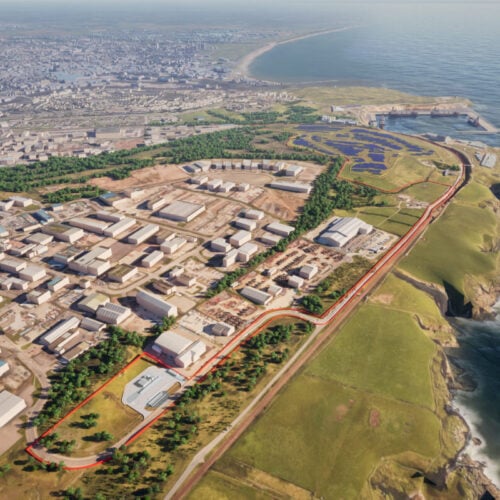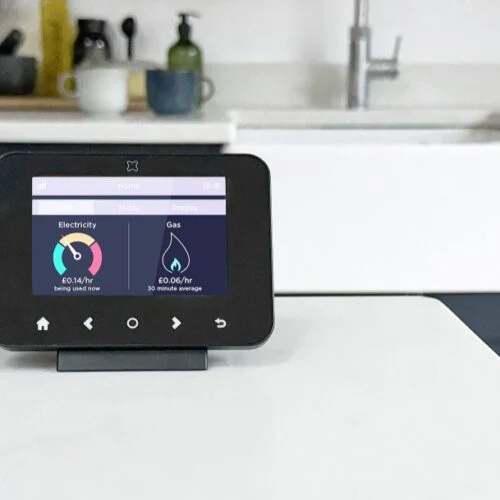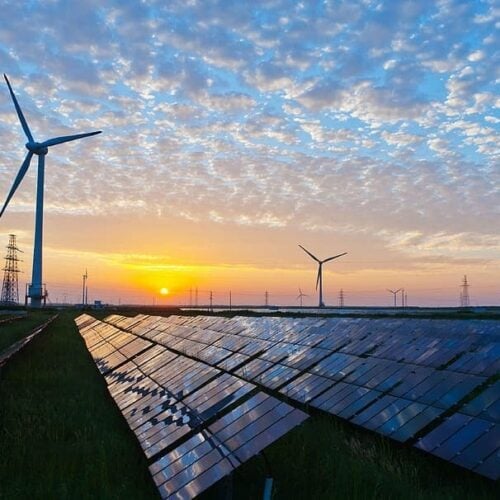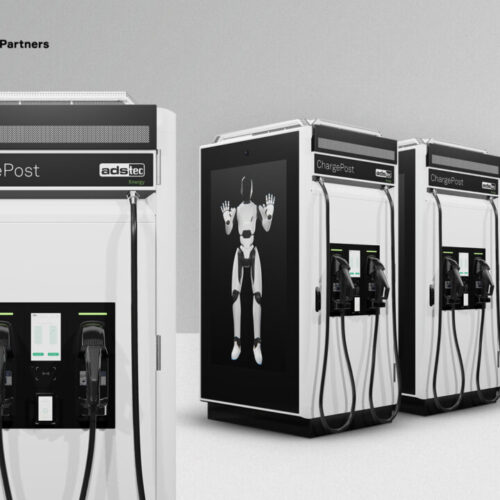An International Energy Agency (IEA) report shows that countries’ ambitions and implementation plans are not yet in line with goals set at COP28. However, through Nationally Determined Contribution (NDC) processes, governments have the tools to “step up” in the coming months.
In COP28 Tripling Renewable Capacity Pledge: Tracking countries’ ambitions and identifying policies to bridge the gap, the IEA looked at how renewable power capacity is reflected in existing government commitments in NDCs and countries’ individual ambitions. It also addressed whether countries are on track to achieve their ambitions, how these ambitions measure against COP28 pledges, and what relevant policy priorities would address any gaps.
COP28 saw the first-ever setting of global goals for 2030. These included tripling renewable power capacity, doubling energy efficiency improvements, substantially reducing methane emissions, and accelerating the just, orderly, and equitable transition away from fossil fuels.
The IEA report found that very few countries have explicitly set 2030 targets for installed capacity in their existing NDCs under the Paris Agreement.
Official commitments in NDCs currently amount to 1,300GW – 12% of what is required to meet the COP28 objective. Yet, IEA’s country-by-country analysis finds that governments’ domestic ambitions go “much further”, corresponding to almost 8,000GW of global installed capacity by 2030.
Recent IEA analysis showed that tripling global renewable power capacity by 2030 is ambitious but achievable, given record-breaking annual deployment, remarkable momentum in the sector, and increasing competitiveness with fossil fuels—especially for solar PV and wind.
According to the report, the amount of renewable capacity added worldwide each year has tripled since the Paris Agreement was signed in 2015.
While the report emphasises that there is scope for countries to bring their NDCs in line with their current domestic ambitions, they must also accelerate implementation and upscale their ambitions to align with the tripling goal.
Even if all countries were to fully implement their current ambitions, the world would fall 30% short of tripling global renewable capacity to over 11,000 GW by 2030.
Solar PV capacity to overtake hydropower
If all countries’ ambitions for 2030 are to be met, installed capacity of solar PV would surpass hydropower, the world’s largest installed renewable capacity in 2022.
Solar PV would become the largest source of capacity, meeting 32% (2,494GW) of total ambitions, followed by hydropower at 19% (1,531GW) and wind. While no specific technology has been assigned to approximately 27% (2,134GW) of countries’ ambitions, variable renewable technologies will likely account for the majority.
More countries have announced intentions for wind and solar PV capacity than for dispatchable renewable technologies. Ambitions have been announced in 64 countries for solar PV capacity and in 61 for wind, compared to just 47 for hydropower and 31 for bioenergy.
At the same time, key challenges remain, from lengthy wait times for project permits, inadequate investment in grid infrastructure, the need to quickly and cost-efficiently integrate variable renewables, and high financing costs, especially in emerging and developing economies.
To address these, the report suggests policy priority areas depending on the economic advancement of countries. For example, advanced economies need to address Lengthy permitting wait times that prevent faster renewable energy expansion. They are advised to streamline permitting, ensure adequate numbers and skill levels of staff, and involve local communities.
IEA executive director Fatih Birol said: “By delivering on the goals agreed at COP28 – including tripling renewables and doubling energy efficiency improvements by 2030 – countries worldwide have a major opportunity to accelerate progress towards a more secure, affordable and sustainable energy system.
“The IEA will continue to support governments around the world in efforts to achieve this.”
